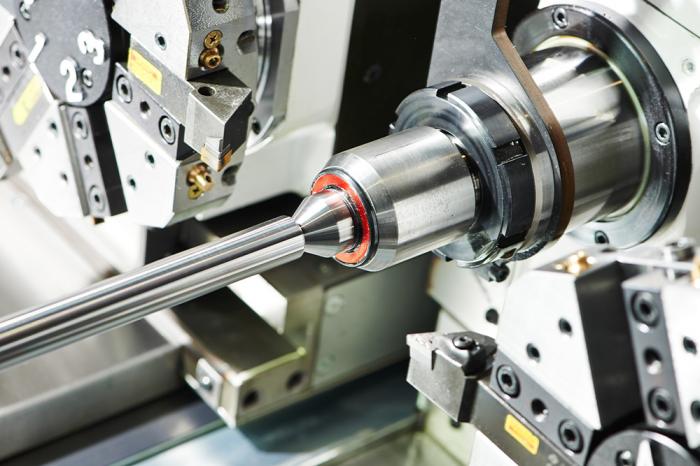How are shaft parts machined?

Shaft parts are the most commonly used parts in machines and are important parts because they relate to the support of the drive components and the transfer of torque. So how do shaft parts be machined?
First of all, we must understand the technical requirements and processing requirements of shaft parts. What are the technical requirements for shaft parts?
1, diameter accuracy, geometric accuracy
On the shaft, it is important to support and fit the journal. The diameter accuracy is IT5-IT9, and the shape accuracy should be controlled within the diameter tolerance, and its requirements are higher than the diameter accuracy.
2, mutual positional accuracy
If the shaft is of ordinary precision, its radial circular runout is generally 0.01-0.03 mm. The high precision shaft is 0.001-0.005mm. If there are special requirements, it should be clearly stated.
3, surface roughness
Due to factors such as machine precision and running speed, the surface roughness requirements of shaft parts are also different. The surface roughness of the bearing journal is 0.16-0.63 um, and the matching journal is 0.63-2.5 um.
4. Spindle material, blank and heat treatment
In the shaft parts, the commonly used material is 45 steel, and through normalizing, annealing, quenching and quenching and quenching treatment, a certain strength, hardness, wear resistance and toughness are obtained.
For shaft parts with high speed, alloy structural steel can be used because it will improve wear resistance and fatigue resistance after heat treatment. The blanks of the main shaft are generally made of forgings and round steels, which can reduce the amount of machining and improve the mechanical properties of the material.
